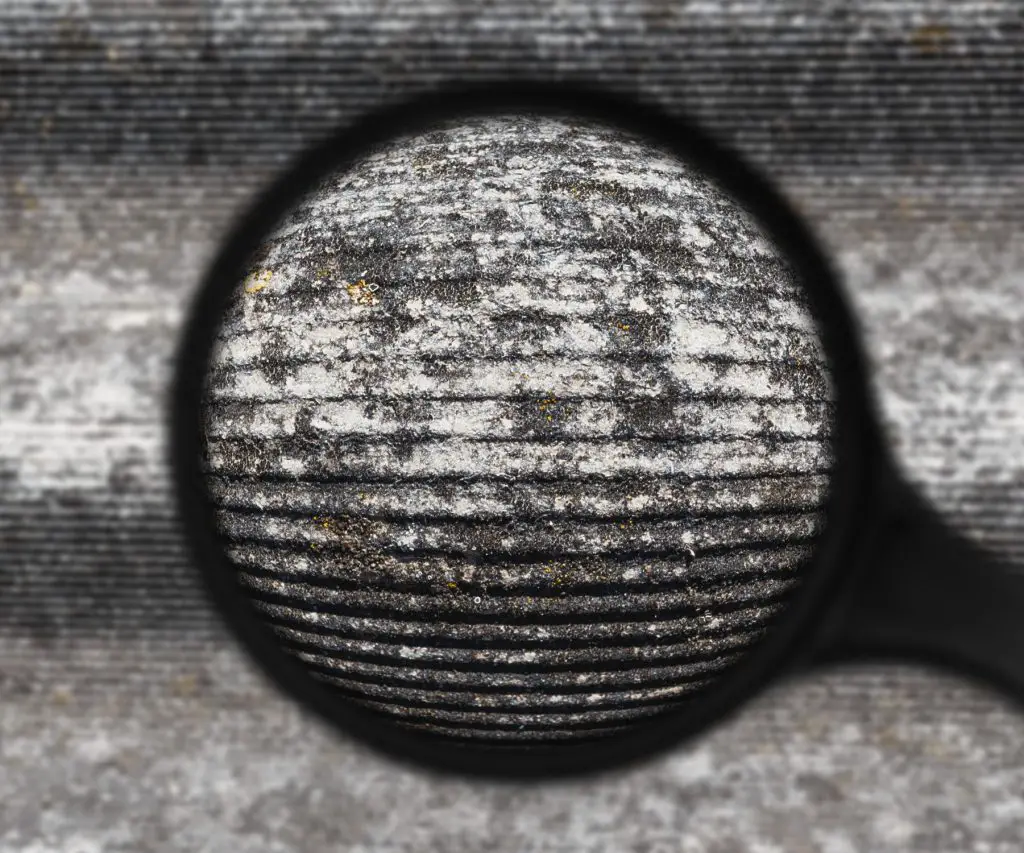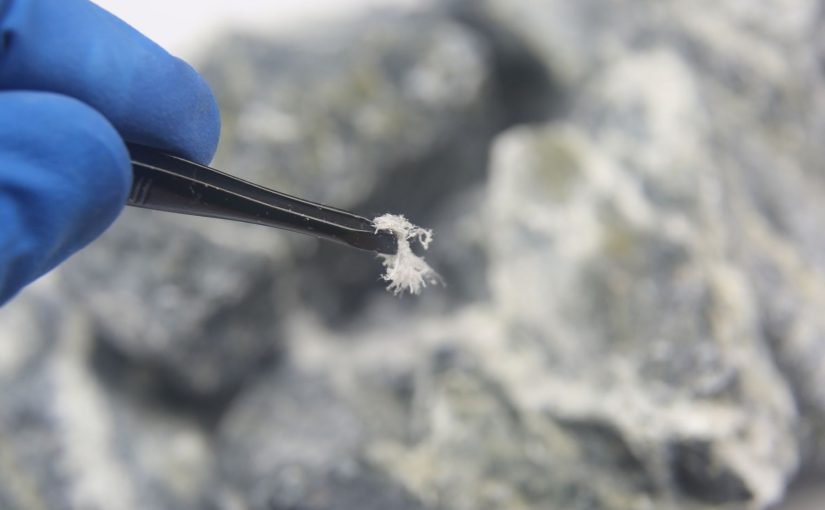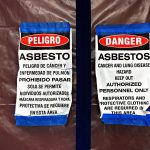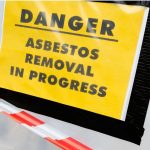Table of Contents
Can You See Asbestos? A Guide to Identifying Potential Asbestos Hazards
Asbestos is a naturally occurring fibrous mineral that was commonly used as an insulating and fireproofing material in buildings and products until the late 1970s. Due to health concerns, the use of asbestos has dramatically declined, but it can still be found in many older homes and buildings. Unfortunately, asbestos exposure can cause serious diseases like mesothelioma and asbestosis. So identifying potential asbestos materials is crucial to protect yourself and your family’s health.
What Does Asbestos Look Like?
Asbestos fibers are so small they are invisible to the naked eye. The asbestos is usually mixed with cement or woven into fabric. Common asbestos-containing materials include:
- Pipe and boiler insulation
- Sprayed-on fireproofing
- Vinyl floor tiles and sheet flooring
- Roofing shingles and siding
- Cement sheet, millboard, and paper
These materials are often gray, white, or brown. Pipe insulation is corrugated or ribbed. Asbestos floor tiles are typically 9×9 inches. The only way to know for sure is to have a sample analyzed by a qualified asbestos inspector.
 Where Can Asbestos Be Found?
Where Can Asbestos Be Found?
Areas most likely to contain asbestos materials in buildings include:
- Basements and attics used for insulation
- Boiler and furnace rooms used for insulation on pipes and tanks
- Roof coatings and roofing felts
- Ceilings and walls used for fireproofing, soundproofing, or decoration
- Vinyl flooring, especially 9×9 inch tiles
Asbestos can also be found in cement, putties, caulks, adhesives, and automotive parts like brake pads. Always exercise caution and call in an expert if you suspect asbestos-containing materials in your home.
Warning Signs of Asbestos
Be on the lookout for these signs that may indicate the presence of asbestos:
- Peeling, cracking, or damaged materials
- Powdery debris from pipe insulation or ceiling/floor tiles
- Corrugated, ribbed, or wrapped insulation on pipes and tanks
- 9×9 inch vinyl floor tiles, especially if layered under carpeting
- Sprayed-on or troweled-on ceiling finishes like popcorn or stipple
Friable (easily crumbled) materials that are deteriorating have a higher chance of releasing asbestos fibers into the air. This puts you most at risk for inhaling the dangerous fibers.
Next Steps If You Suspect Asbestos
If you have an older home and suspect asbestos-containing materials are present, take the following steps:
- Stop disturbing the material immediately
- Restrict access to the area
- Consult an accredited asbestos inspector to assess and take samples
- Have samples analyzed by an accredited asbestos lab
- Develop an asbestos management plan if results are positive
- Hire an accredited asbestos abatement contractor for removal
Trying to remove asbestos yourself without proper training and equipment can make you sick. Leave it to the professionals!
Frequently Asked Questions
What are the health risks of asbestos exposure?
Asbestos fibers can cause lung scarring and inflammation that leads to diseases like asbestosis, lung cancer, and mesothelioma decades after exposure.
Are there safe levels of asbestos?
There is no known safe level of asbestos exposure. That’s why precautions should be taken whenever asbestos is present.
Can you see asbestos fibers?
No, asbestos fibers are invisible to the naked eye. Special equipment like microscopes are needed to view the thin fibers.
Does asbestos smell?
Asbestos itself is odorless. Some asbestos-containing products like vinyl flooring may have an odor from the asphalt, plastic, or adhesives.
Can you remove asbestos yourself?
No, only specially trained professionals with protective equipment should handle the removal of asbestos materials.
How long can asbestos stay in your lungs?
Asbestos fibers can remain in the lungs for decades and continue damaging tissue long after exposure occurred.
Is it illegal to not disclose asbestos?
Yes, sellers and landlords must disclose known asbestos materials to renters and buyers to avoid liability.
For more information on identifying and managing asbestos safely, visit the EPA’s asbestos website.
Helpful Products for Asbestos Inspection and Removal
Here are some useful products to help inspect for and handle asbestos materials:
Asbestos Testing Kits
DIY test kits can be used to take samples for lab analysis. Popular options include:
Disposable Protective Gear
Tyvek suits, respirators, gloves, and more are needed when handling asbestos:
HEPA Vacuums
HEPA vacuums specially filter fine particles when cleaning up asbestos debris:
With the right knowledge and precautions, the risks of asbestos exposure can be minimized. Stay vigilant to protect yourself and your loved ones.







